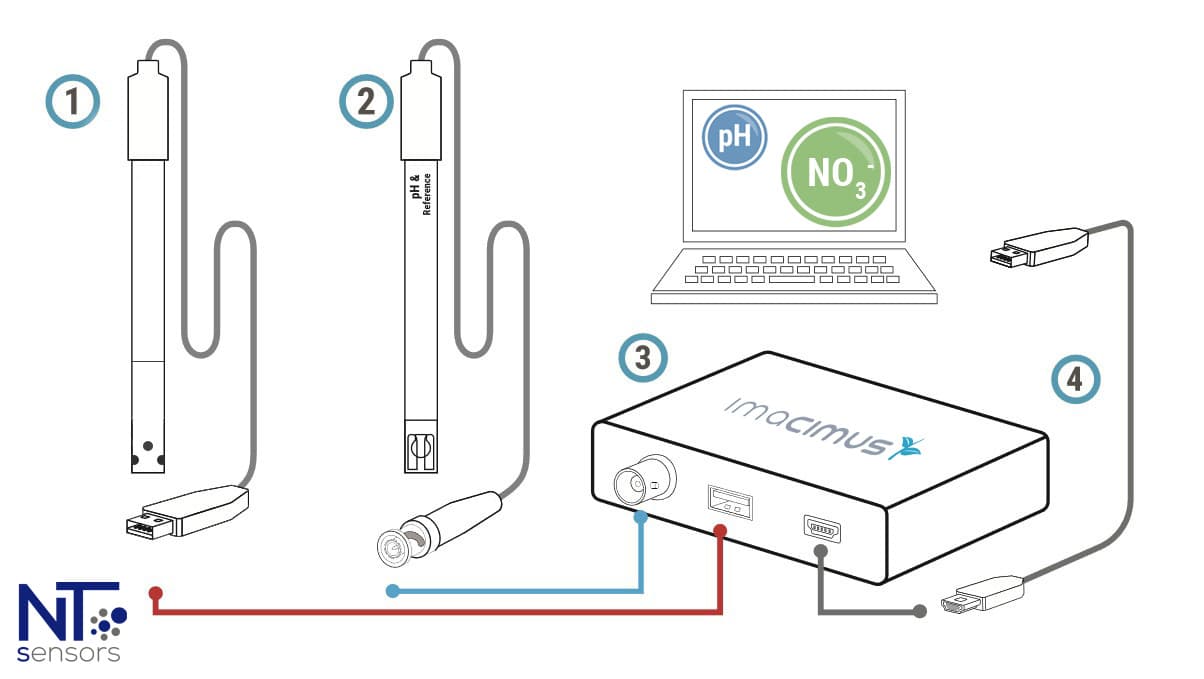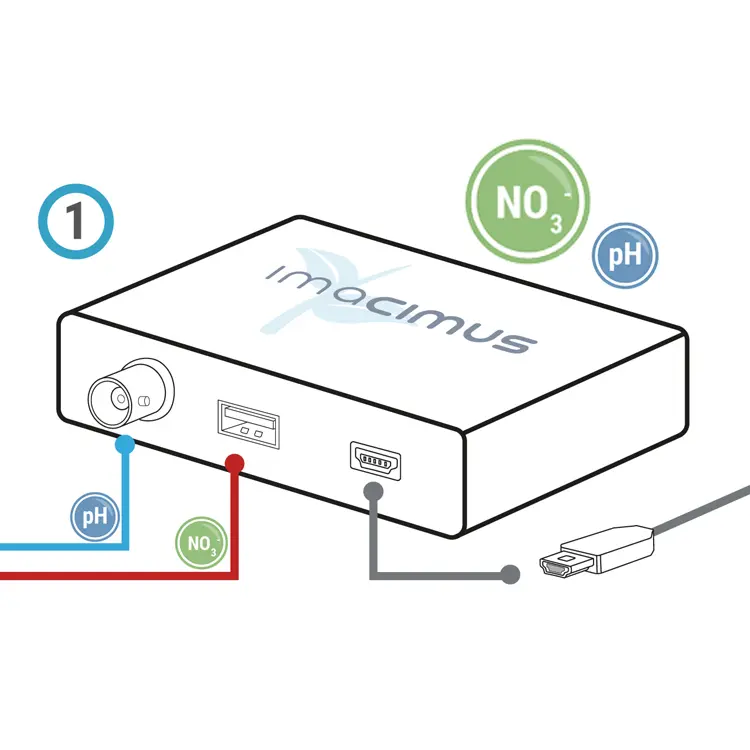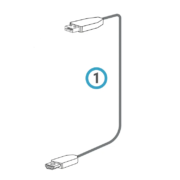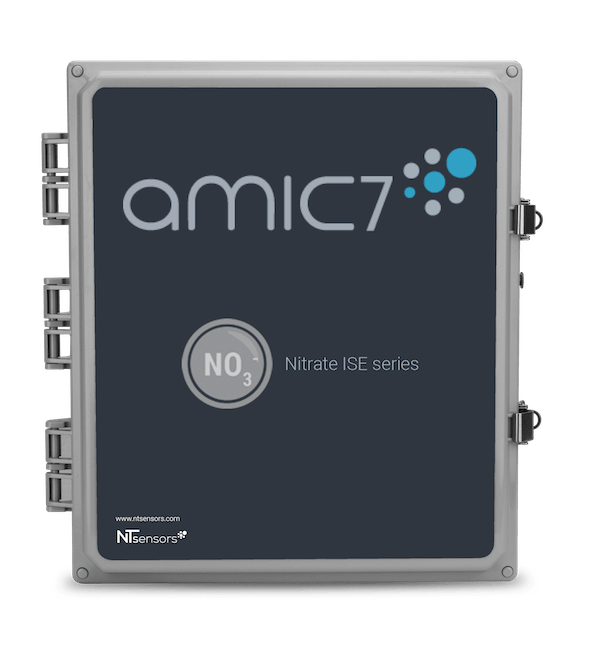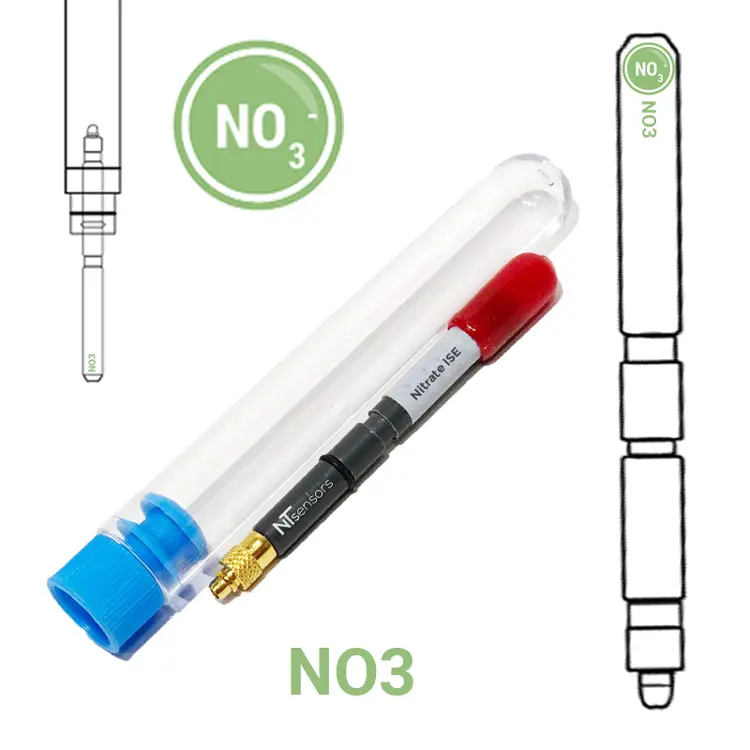Nitrate Ion Selective Electrode (ISE)
When it comes to measuring nitrate concentration in aqueous samples, the ISE Nitrate Ion Selective Electrode from NT Sensors is an excellent choice. Our innovative research and use of the latest nanotechnology have allowed us to manufacture high-quality, reliable, and low-volume nitrate ISEs.
Nitrate concentration is an essential parameter in almost all water quality studies. Acidic rainfall, fertilizer runoff from fields, and plant or animal decay or waste can increase nitrate concentration. However, the applications for this ion go beyond water quality analysis. Nitrate ISEs can also be used to measure nitrate ion selective electrodes in soil extracts, soils and plant tissue, and food items such as meat, potatoes, or spinach.
Our Nitrate Ion Selective Electrode is a half-reference electrode and an all-solid state. As with all PVC ISE membranes, the ISE has a limited lifespan. However, our replaceable module allows for hassle-free maintenance. Simply discard the used membrane module and replace it with a new one.
At NT Sensors, we understand the importance of accurate and reliable nitrate ion measurement in various applications. That is why we offer a range of nitrate modules and sensors to meet your specific needs. Check out our selection of nitrate ISEs and take advantage of our innovative technology for precise and fast nitrate analysis.
In conclusion, if you need to measure nitrate concentration in aqueous samples or other matrices, the ISE Nitrate Ion Selective Electrode from NT Sensors is the ideal choice.
Trust our expertise and experience in electrochemical sensor technology to provide you with reliable and accurate results every time.
SPECIFICATIONS
Range (concentration): 0,6 to 31000 mg/L / 1×10-5 to 0,5 (mol/L)
Reproducibility (precision): ±10% of full scale (calibrated 10 to 1000 mg/L)
Interfering ions: Br -, NO2 -, OH -, Cl -, CH3COO –
pH range: 2–11 (no pH compensation)
Temperature range: 0–40°C (no temperature compensation)
Electrode slope: +56 ±4 mV/decade at 25°C
Electrode resistance: 1–4 MΩ
Immersion minimum: 2 mm
Body diameter: see different sensors

Mini ION Nitrate
Single Probe
BNC or USB
ISE Nitrate meter + pH
The imacimus kit analysis system allows the direct measurement of the exact concentration of nitrate, thus giving rise to rapid analysis and greater reliability.
Single Ion: Nitrate electrode
The most classic look-like ion selective electrode, with innovative replaceable tip and probe holder for several tip sensors. Discover this electrode, one body, multiple sensor tips.
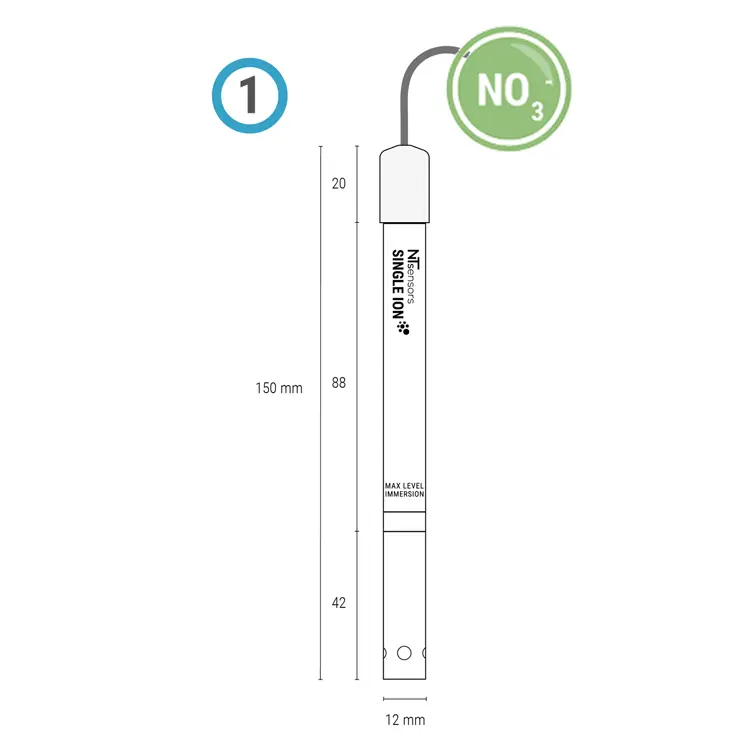
Diameter: 12 mm
Conector type:
– BNC (standard)
– USB (imacimus meter)
Minimum sample volume: 5 ml
PDF information about Single Ion
Automatic nitrate ion meter
| FEATURES | SINGLE PARAMETER- 1 ION |
|---|---|
| Outputs | Digital: USB / UART Analog: 4-20mA signal |
| Automatic operations | Calibration, measurement and cleaning. |
| Measure rate (min) | 1 sample/ 24 hours |
| Measure rate (max) | 48 samples/ 24h |
| Installed electrodes ISE | NO3- |


